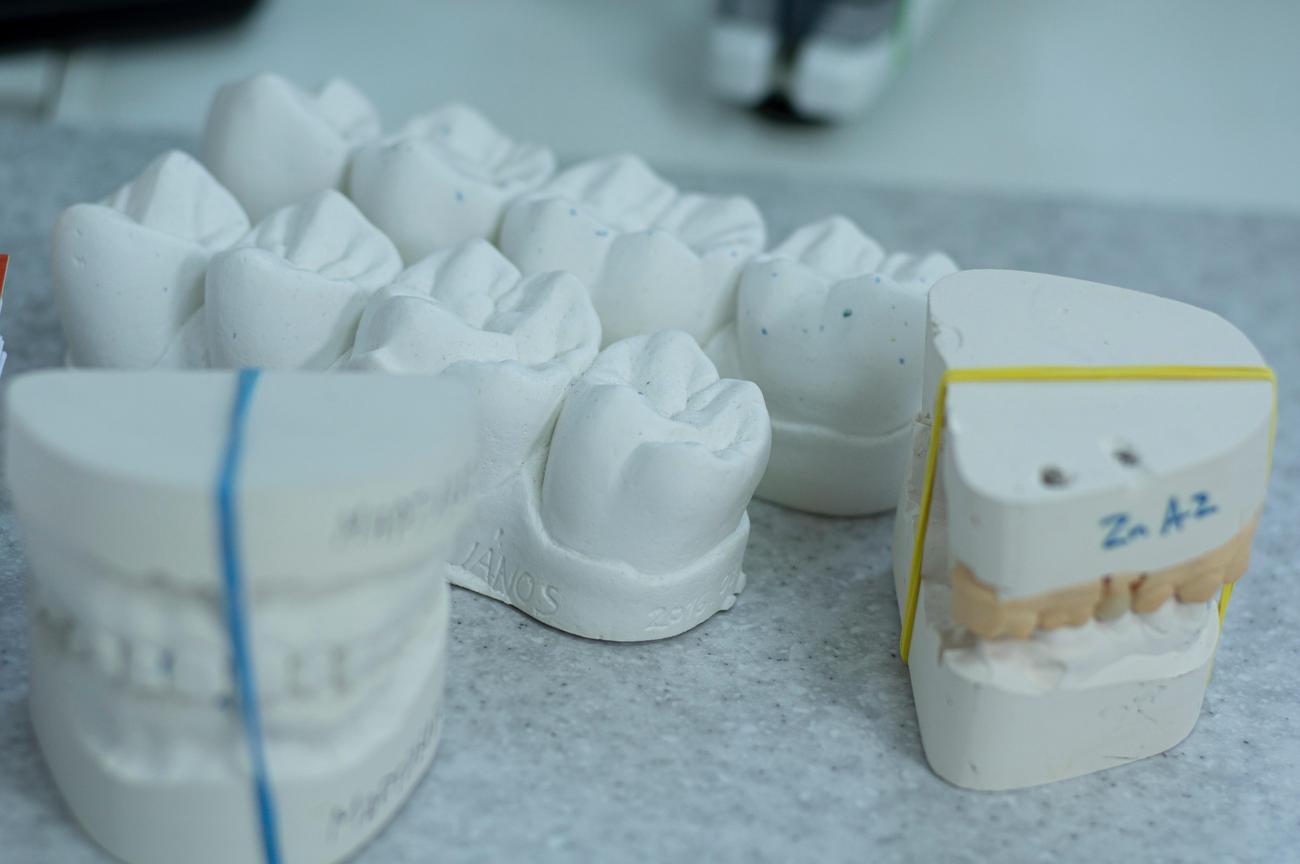Are you curious about the history of orthodontics? Prepare to embark on a captivating journey through time as we delve into the fascinating evolution of orthodontics throughout the ages. As an experienced dental professional specializing in orthodontics, I’ve devoted years to studying the advancements, techniques, and milestones that have shaped this field. Join me as we explore the intriguing world of orthodontics and uncover the remarkable discoveries that have paved the way for the orthodontic practices we know and trust today.

Orthodontics throughout the ages
Orthodontics, the field of dentistry focused on straightening and aligning teeth, has a rich and fascinating history that spans thousands of years. From the earliest forms of braces found on Egyptian mummies to the modern advancements in orthodontic treatment, the journey of orthodontics is filled with intriguing milestones and techniques that have shaped the way we approach dental care today.
Let’s take a step back in time and explore the evolution of orthodontics, uncovering the ancient practices and revolutionary developments that have led us to where we are today.
Ancient Beginnings: From Animal Skin to Greek Ingenuity
Ancient civilizations recognized the importance of dental health and sought ways to improve the alignment of teeth. In fact, the first evidence of orthodontic appliances can be traced back to Egyptian mummies, where animal skin and cording were used to align teeth.
The ancient Greeks also played a significant role in the development of orthodontics. Around 1000 BC, Greek scholars like Hippocrates and Aristotle observed dental irregularities and proposed theories on how to straighten teeth. They believed that applying pressure to certain points could correct misalignments—a concept that remains fundamental in modern orthodontics.
Roman Innovations and French Influence
The practice of orthodontics continued to evolve during the Roman era. Aulus Celsus, a Roman encyclopedist, recorded the practice of applying finger pressure to move teeth into proper alignment. This ancient technique laid the foundation for future orthodontic advancements.
Fast forward to the Middle Ages in France, where Pierre Fauchard, considered the father of modern dentistry, made significant contributions to orthodontic treatment. Fauchard introduced a device known as a “bandeau” which consisted of a horseshoe-shaped strip of metal attached to the teeth. This innovation allowed for controlled movement of teeth, revolutionizing orthodontics in the process.
The Development of Modern Braces
The 18th century brought another milestone in the history of orthodontics, with the introduction of the “wire crib” by Christophe-François Delabarre. This device utilized a series of wires to correct tooth alignment and was a precursor to modern braces.
As the field advanced, more refined techniques and materials were developed. Dentists began using materials such as cat gut cord to tie brackets and bands to the teeth. These materials provided the necessary tension to gradually straighten teeth, but they also posed challenges in terms of hygiene and cleaning.
Orthodontics for All Ages: Adults and Children Alike
Contrary to popular belief, orthodontic treatment is not exclusive to children. Adults can also benefit from orthodontic intervention, and age is rarely a determining factor in the success of treatment. With the advancements in orthodontic technology, adults now have a variety of treatment options, including clear aligners like Invisalign.
Early Treatment and Assessment: A Key to Success
Early orthodontic treatment and assessment have proven to be crucial in preventing more severe dental issues in the future. By identifying potential orthodontic problems at an early age, dental professionals can intervene and guide the growth and development of a child’s teeth and jaws, ultimately leading to better outcomes.
Advancements in the Past 20 Years: Smaller Brackets and Invisalign
Orthodontic treatment has come a long way in the past two decades. Today, orthodontists have access to smaller and more discreet brackets, making the braces-wearing experience more comfortable for patients. Additionally, the option of Invisalign aligners has revolutionized orthodontics by providing a nearly invisible and removable alternative to traditional braces.
Cleaning and Maintenance: Then and Now
In the past, cleaning and maintaining braces presented challenges due to the materials used and the complexity of the appliances. However, with technological advancements, maintaining oral hygiene during orthodontic treatment has become easier. Orthodontic patients now have access to specialized tools, such as interdental brushes and floss threaders, to effectively clean their teeth and braces.
Conclusion
Orthodontics throughout the ages has been a remarkable journey of discovery and innovation. From the ancient practices observed by Greek philosophers to the modern advancements in orthodontic materials and techniques, this field has made tremendous progress in improving dental health and transforming smiles.
As we delve into the history of orthodontics, we gain a deeper appreciation for the complex evolution of this discipline. The perseverance and ingenuity of orthodontic pioneers have paved the way for today’s advancements, ensuring that patients of all ages can benefit from orthodontic treatment.
So, the next time you visit your orthodontist or put on your braces, take a moment to reflect on the incredible journey of orthodontics—a journey that continues to shape the smiles of countless individuals around the world.
“Through centuries of innovation and dedication, orthodontics has transformed from its humble beginnings to a modern-day marvel, revolutionizing dental care and enhancing smiles.”
Orthodontic history is a fascinating subject that delves into the evolution of orthodontics throughout the ages. From ancient Egyptian mummies with primitive orthodontic devices to the advancements of modern braces and aligners, the journey of orthodontics is one worth exploring. Dive into the rich history of orthodontics by clicking here: Orthodontic history. Witness the transformation of orthodontic treatment methods and gain a deeper understanding of the techniques that have shaped the field into what it is today. Don’t miss out on this captivating journey through time!

FAQ
Question 1: What were the first braces made from?
Answer: The first braces were made from animal skin and cording, and they were discovered on Egyptian mummies.
Question 2: When did orthodontics first appear in Greece?
Answer: Orthodontics can be traced back to around 1000 BC in Greece.
Question 3: Who recorded the practice of straightening teeth in ancient Rome?
Answer: Aulus Celsus, an ancient Roman writer, recorded the practice of straightening teeth by putting pressure on certain points.
Question 4: What is the history of braces in France?
Answer: The history of braces in France is characterized by different techniques and advancements in orthodontic treatment.
Question 5: How has orthodontic treatment evolved in the past 20 years?
Answer: Orthodontic treatment has seen significant changes in the past 20 years, including the use of smaller brackets and the option of Invisalign as an alternative to traditional braces.
- Unlock Filipino Culture: A Deep Dive into Traditions and Practices - April 23, 2025
- Unlock Spanish Culture: Insights & Opportunities Now - April 23, 2025
- White Spirit Uses & Substitutes: A Deep Dive for Pros & DIYers - April 23, 2025
















